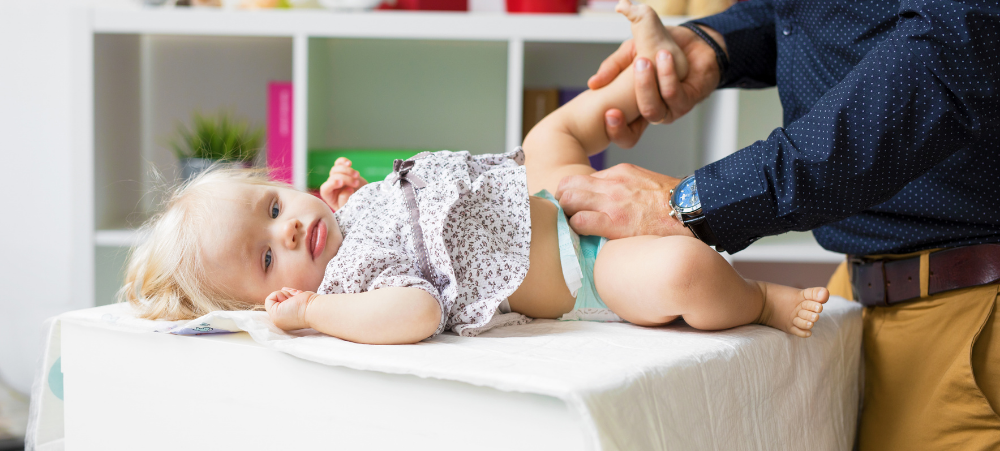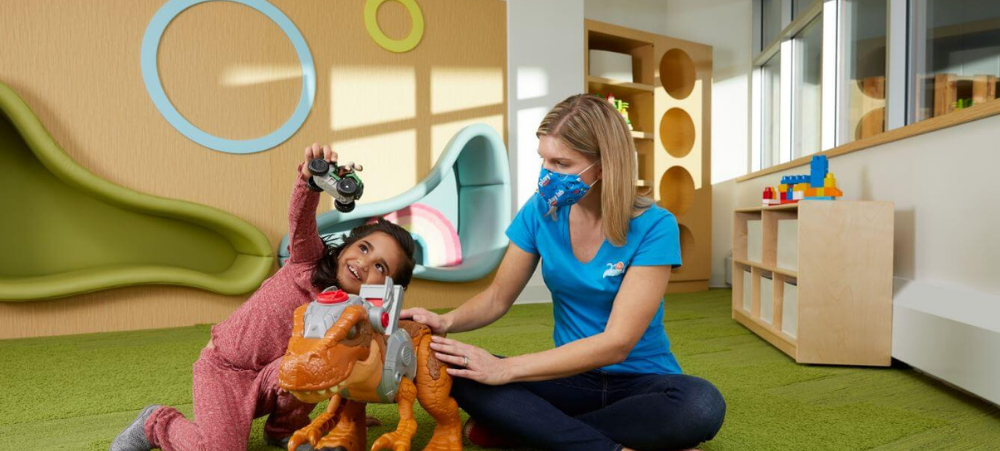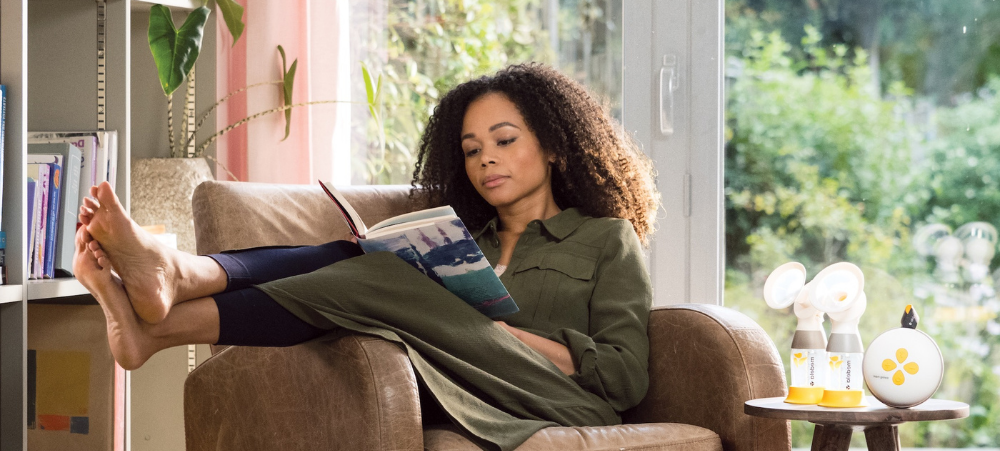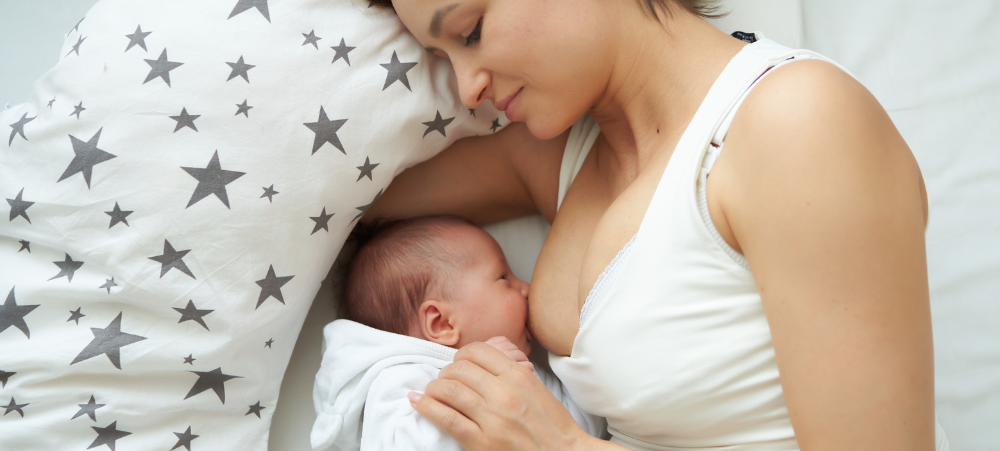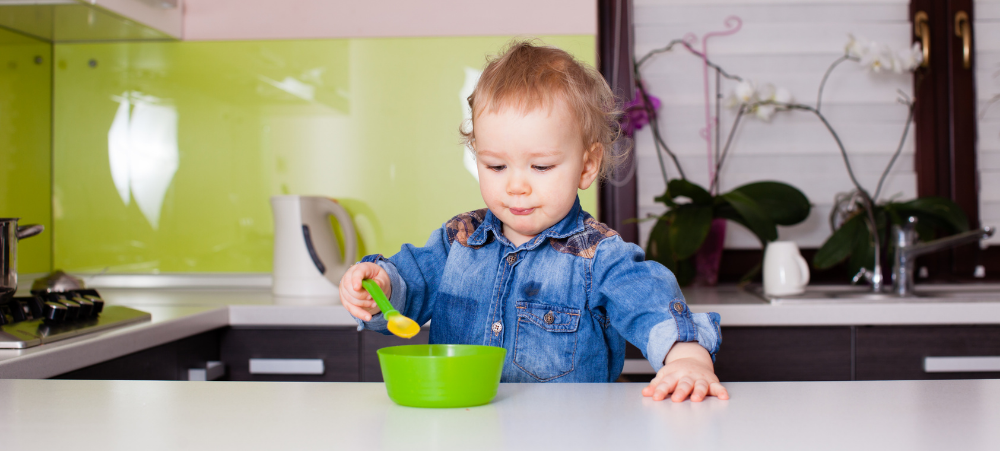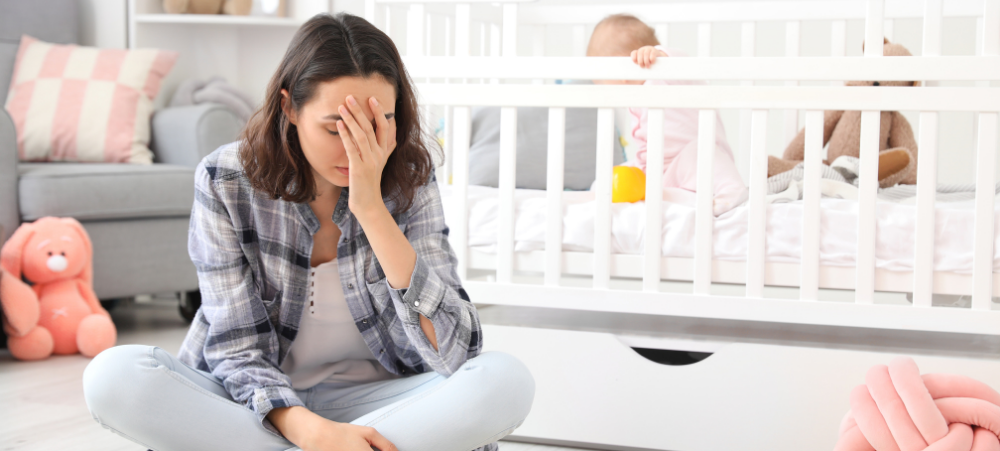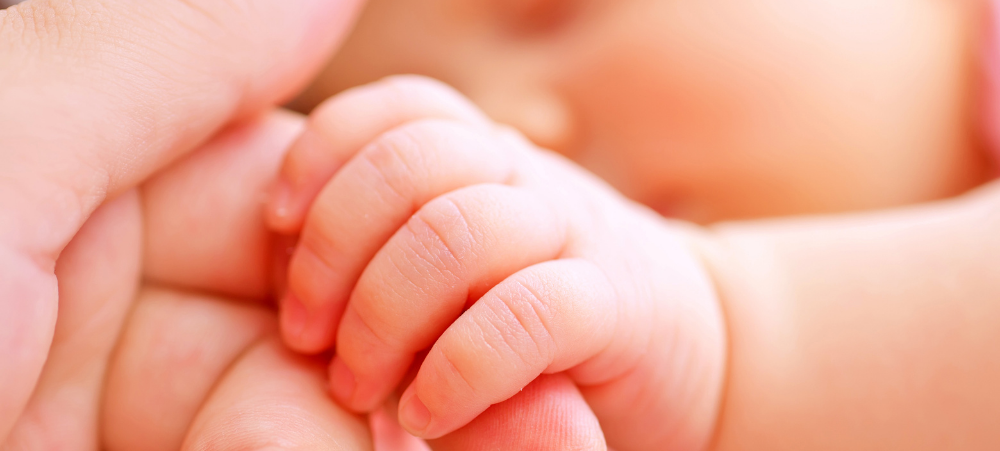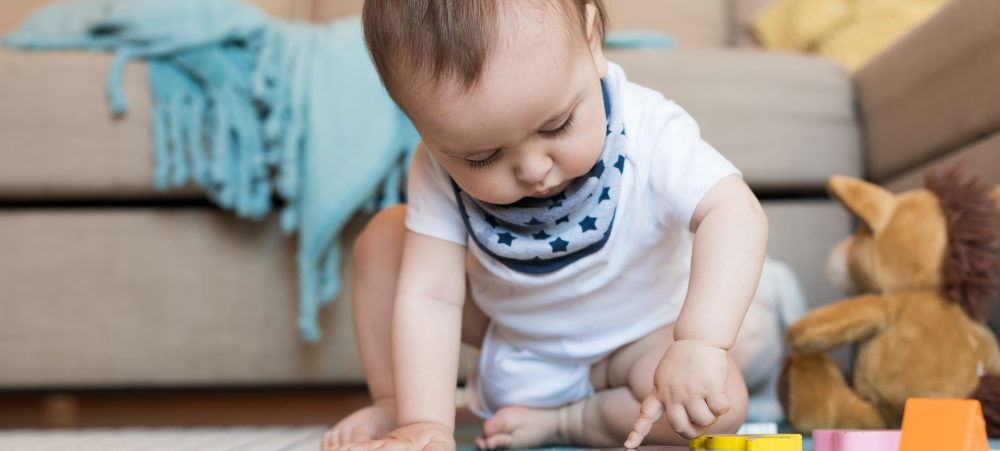
HAPPY TRAVELLING HACKS WITH PANADO® PAEDIATRIC SYRUP, PEPPERMINT 5 ML SACHETS
Even seasoned travellers may find car and plane trips with infants or toddlers daunting. How will you entertain your child while on the road? What if your child experiences earache or a fever during the plane flight? How can you ensure that your entire family arrives safely and in good spirits? Do not fear, fellow parents! These suggestions for travelling with a baby or toddler will ensure that everyone has a pleasant experience. Headaches Regrettably, airplane travel may be a headache generator, especially for pint-sized passengers. Airplane Headache (AH) is exclusively related to airplane travels, and although may occur at any time during a flight; there is a higher incidence during the take-off and landing phase.1 Motion Sickness Headaches arising due to motion sickness from riding in cars can also make your child miserable. Symptoms such as nausea, dizziness and headache are common to motion sickness.2 Encourage your child to look outside the window of the car rather than putting their head down and focusing on books, games or screens. If your child is prone to motion sickness, don’t forget to pack recently launched and conveniently packaged, Panado® Paediatric Syrup, Peppermint 5 ml Sachets, for the symptomatic treatment of pain and fever for kids on the move. Panado® Paediatric Syrup, Peppermint 5 ml Sachets contain paracetamol, which is included in the List of Essential Medicines for Children of the World Health Organization.3 Avoid Overdoing It Bear in mind that babies and toddlers lack the tolerance that you do for lengthy road trips. If your car trip will take several hours or days, break it up with pauses for playing, eating, and sleeping. Plan Trips Around Your Child’s Sleep Time Your infant or toddler may slumber during your road trip if you’re fortunate! Some experts encourage driving at night when travelling with toddlers or infants. However, arriving in the middle of the night may rouse your children and disrupt their circadian patterns as well. Provide Lots (and Lots) Of Snacks Pack some nutritious travel snacks for children. Consider whole-grain cereals, fruit chunks, and cheese cubes. To ensure food safety, keep refrigerated items in a cooler bag. If your child is prone to choking, serve snacks and meals at a rest stop, park, or restaurant. Ensure That Your Child Is Properly Secured Make sure children are properly buckled in a car seat, booster seat, or seat belt – whichever is appropriate for their age, height, and weight.4a The Centre for Disease Control and Prevention says that data shows the correct use of a car seat reduces the risk for injuries in crashes by 71% – 82% for children, when compared with seat belt use alone, while booster seats reduce the risk for serious injury by 45% for children aged 4-8, when compared to seat belt use alone.4b Other Panado® Products Suitable for Your Child In addition to Panado® Paediatric Syrup, Peppermint 5 ml Sachet, Panado’s range for children include Panado® Paediatric Syrup, Strawberry (50 ml | 100 ml),5 Panado® Paediatric Syrup, Peppermint Alcohol and Sugar-Free (50 ml | 100 ml),6 and Panado® Infant Drops 20 ml.7 Make pain and fever care easy by shopping for Panado products from independent pharmacies and selected Clicks, Dis-Chem, and Pick ‘n Pay stores. For more information, visit https://panado.co.za/and join the conversations on Facebook. #Panado #ADoseOfCare 2022040110194118 References: 1. Headache Classification Committee of the International Headache Society (IHS) (2013) The International Classification of Headache Disorders, 3rd edition (beta version). Cephalalgia 33:629–808. [Cited 2022 March 29]; Available from https://thejournalofheadacheandpain.biomedcentral.com/articles/10.1186/s10194-016-0628-7 2. Cuomo-Granston A, Drummond PD. Migraine and motion sickness: what is the link? Prog Neurobiol. 2010 Aug;91(4):300-12. doi: 10.1016/j.pneurobio.2010.04.001. Epub 2010 Apr 21. PMID: 20416353. [Cited 2022 March 29]; Available from https://pubmed.ncbi.nlm.nih.gov/20416353/ 3. de Martino M, Chiarugi A. Recent Advances in Pediatric Use of Oral Paracetamol in Fever and Pain Management. Pain Ther. 2015;4(2):149-168. doi:10.1007/s40122-015-0040-z. [Cited 2022 March 29]; Available from https://www.ncbi.nlm.nih.gov/pmc/articles/PMC4676765/ 4a,b. Centers for Disease Control and Prevention, National Center for Injury Prevention and Control. [Cited 2022 March 29]; Available from https://www.cdc.gov/injury/features/child-passenger-safety/index.html 5. Panado® Paediatric Strawberry Approved package insert March 2002. 6. Panado® Paediatric Syrup Alcohol and Sugar-Free & Panado® Paediatric Syrup package insert. April 2010. 7. Panado® Infant Drops (Drops) approved professional information, August 1990.




